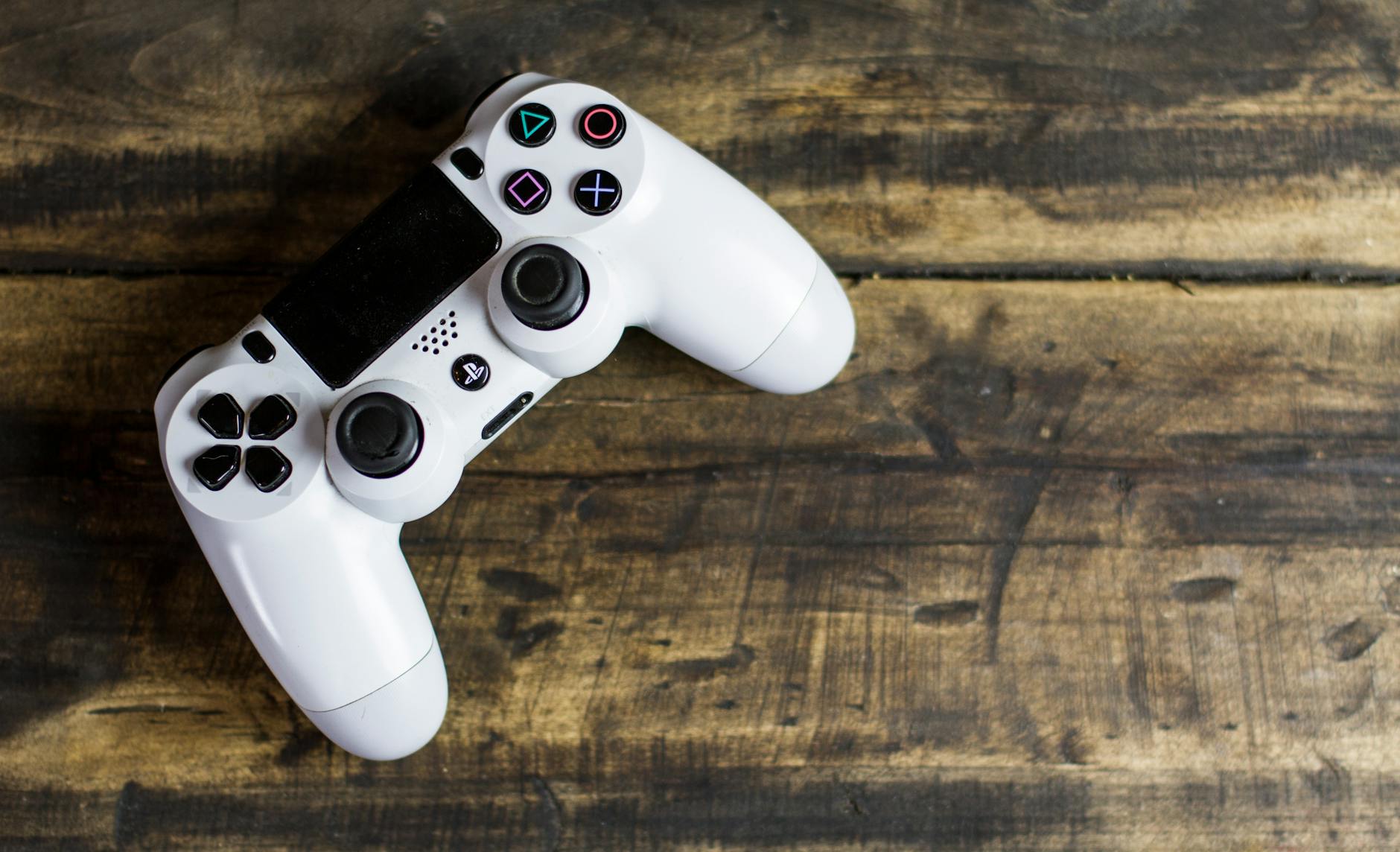Technology is deeply integrated into daily life, making it an indispensable tool for work, communication, and entertainment. However, this integration has also led to the rise of technology addiction and process addiction, particularly among adult men. These addictions can have significant impacts on personal and professional lives, warranting a deeper understanding and proactive measures for recovery.
Understanding Technology and Process Addiction: A Growing Concern Among Adult Men

Technology Addiction vs. Process Addiction
Technology addiction refers to the compulsive use of digital devices such as smartphones, computers, and gaming consoles. This addiction is characterized by an inability to control usage despite negative consequences on one’s health, relationships, and productivity.
Process addiction, on the other hand, involves compulsive behaviors related to processes or activities, rather than substances. Examples include pornography, gambling, shopping, and gaming. While process addictions do not involve ingesting substances, they trigger the same brain reward systems, leading to dependency and compulsive behavior.
The Prevalence of Gaming and Technology Addiction Among Adult Men
Technology and gaming addiction are particularly prevalent among adult men, often starting in adolescence and continuing into adulthood. Several factors contribute to this trend:
Escapism: Many adult men use gaming and technology as an escape from stress, anxiety, and real-world challenges. Immersive games and digital interactions provide a temporary reprieve from daily pressures.
Reward Systems: Video games and social media platforms are designed to be engaging and rewarding. Features such as achievements, likes, and in-game rewards activate the brain’s dopamine pathways, reinforcing the behavior and making it hard to stop.
Social Connection: Online gaming and social media offer a sense of community and belonging, which can be particularly appealing to those who feel isolated or lack strong social networks in real life.
Accessibility: With the ubiquity of smartphones, tablets, and gaming consoles, technology is easily accessible, making it easy for habits to develop into addictions.
Signs of Technology and Gaming Addiction
Recognizing the signs of addiction is the first step toward recovery. Common indicators include:
- Spending excessive time on devices, often at the expense of work, relationships, and self-care.
- Feeling restless, irritable, or anxious when not using technology.
- Neglecting personal and professional responsibilities.
- Experiencing physical symptoms such as eye strain, headaches, and disrupted sleep patterns.
- Using technology as a primary means of coping with emotions or escaping reality.

Tips for Recovering from Technology Addiction
Overcoming technology addiction requires a multifaceted approach that addresses both behavioral and emotional aspects. Here are five tips for recovery:
Set Boundaries and Limits Establish clear boundaries for technology use. Allocate specific times for work, leisure, and social interactions without digital devices. Using apps and tools that track and limit screen time can help maintain these boundaries.
Find Alternative Activities Engage in activities that do not involve technology. Exercise, reading, outdoor hobbies, and socializing in person can provide fulfilling alternatives to digital engagement. Finding a new hobby or revisiting an old one can be particularly effective.
Practice Mindfulness and Self-Awareness Mindfulness practices, such as meditation and deep breathing exercises, can help increase self-awareness and reduce compulsive behaviors. Being mindful of how and why you use technology can help you identify triggers and make conscious choices.
Seek Professional Help Counseling and therapy can provide valuable support in addressing underlying issues contributing to addiction. Counseling is particularly effective in changing negative thought patterns and behaviors associated with addiction. Support groups, both online and offline, can also offer encouragement and accountability.
Create a Supportive Environment Enlist the support of family and friends in your recovery journey. Let them know about your goals and ask for their encouragement and understanding. Reducing environmental triggers, such as keeping devices out of the bedroom or creating tech-free zones at home, can also aid in recovery.
Conclusion
Technology and process addictions are growing concerns that can have significant impacts on the lives of adult men. Understanding the nature of these addictions and recognizing the signs are crucial steps toward recovery. By setting boundaries, finding alternative activities, practicing mindfulness, seeking professional help, and creating a supportive environment, individuals can take proactive steps to regain control and achieve a healthier balance with technology.
At The Pursuit Counseling, we are dedicated to helping individuals navigate the complexities of technology addiction. Our team of experienced professionals offers tailored support and strategies to foster lasting recovery and improve overall well-being. If you or someone you know is struggling with technology addiction, reach out to us for compassionate and effective assistance.

View comments
+ Leave a comment